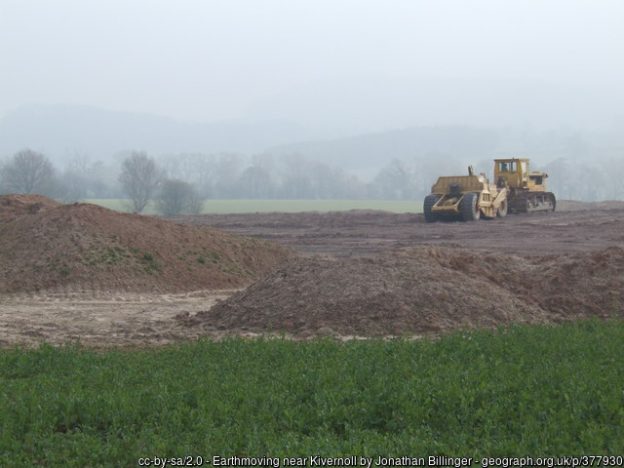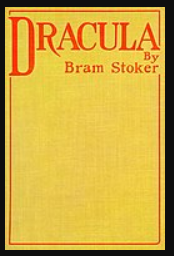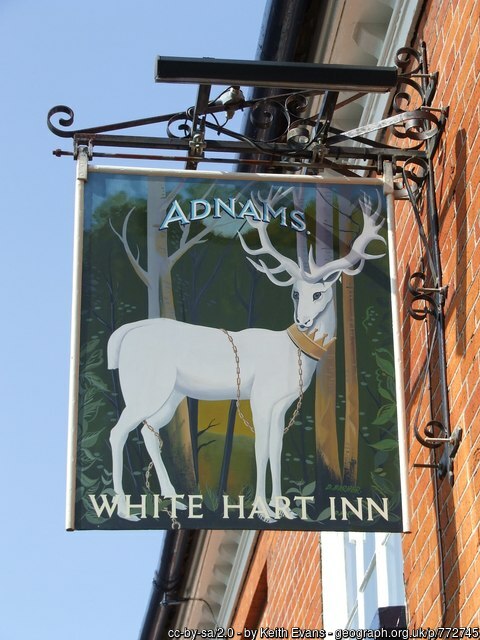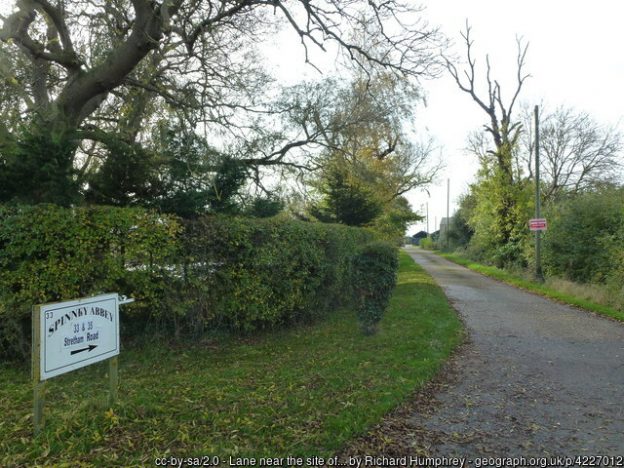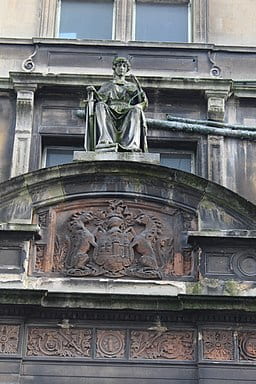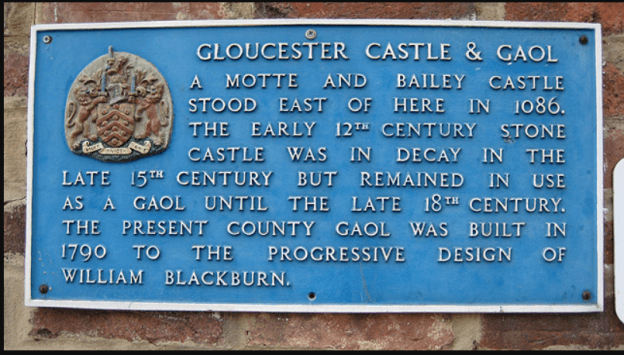Here ( JUST 1/635 m. 38 (1MG 0745)) is an interesting case from the Eyre of Northamptonshire, 1329-30, which I saw in passing today, and which seems worth noting for that niche demographic of people who are interested in women, things medieval and things legal. Somebody may have discussed it, but in case they have not, this is what the record says, in quick and dirty translation …
The jurors of the hundred of N[ewbottle Grove], Northants, presented to the eyre the following story: Walter Bunt, who was not in his right mind, as a result of frenzy [infirmitate frenetica detentus], hit Leticia Bellawe at Flore in the head, and she died fifteen days later. Walter was arrested and brought to trial. He pleaded not guilty. The jury said that, on the day in question, which was very recent, Walter was affected by this ‘frenzy’ [infirmitate frenetica laborans], and he was alone in his house at Flore with Leticia, who had charge of him [que ad custod’ ipsius Walteri extitit deputata]. Walter, in his madness [in furiositate sua], grabbed Leticia by the head and threw her to the ground, then took up an iron candlestick, and hit her on the head with it, while so afflicted [in infirmitate sua predicta], and she died of it in this way, not through felony nor malice aforethought. Walter was sent back to prison, in the custody of Thomas Wake, to await the king’s grace.
There is no particular surprise in the fact that Walter’s mental disturbance was regarded as likely to result in a pardon from the king, nor in the jury’s apparent determination to move the authorities to mercy in this case, with their repeated insistence that actions were done whilst Walter was not mentally competent.[1] (We will leave the interesting distinction between an ‘infirmity’, ‘frenzy’ and ‘fury’, and the linking verbs about being ‘detained/held’ by a condition of the mind, labouring under such a condition and just being in a condition). What I want to draw out is, rather, the role of the unfortunate Leticia. I am intrigued by the description of her as deputata – assigned, ‘deputed’ – to take care of Walter. This strikes me as a rather official-sounding description: she was not merely looking after him, but she had been appointed to do so. If we take it at its most formal, could this be an example of a woman having some sort of court-mandated appointment? We know that those with mental disturbances were committed to their families at times, but it is not apparent that Leticia was related, or married, to Walter (and this is the sort of detail which is usually mentioned, in relation to women). So – an intriguing possibility with regard to women’s legal roles, even if far from clearly proven. Even if this is not any kind of official appointment, it does look as if somebody thought that Leticia was capable of taking care of a man suffering from some sort of mental health problem, which probably says something about wider ideas of women’s capacities. I am left wondering how such positive views might have been affected by the tragic outcome of this particular case of a woman being put, or left, in charge of a male detainee?
GS
12/11/2023
[1] There are other references to the effects of insanity on liability – including some interesting material on the effect of fluctuating insanity – in Sutherland’s Eyre of Northamptonshire 1329-30 (1981), 188, 196, 215-6. Note also what might have been a less kind attitude to those with mental disturbance in the same eyre, here: JUST 1/632 m.40d IMG 0926 – a man who was accosted by a woman who was not in her right mind, whose attack seems only to have been verbal, and who was accused of throwing a stone at her head, killing her, was found not guilty. Of course, perhaps the whole thing was untrue, but if not, interesting.


